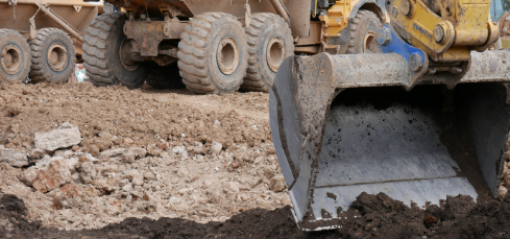Cleaning your machinery thoroughly before moving it off-site helps to prevent the spread of fire ants.

Businesses and individuals located in fire ant biosecurity zones who use equipment and machinery while working with materials that can carry fire ants, must clean it thoroughly before moving it off-site.
This helps to prevent the spread of fire ants.
Cleaning all equipment and machinery including, slashers, excavators, wheelbarrows, and other gear, ensures it is free from soil and other materials that fire ants like to nest in.
Checking machinery components
Before cleaning, check all equipment and machinery closely to ensure no fire ants are present.
If you find fire ants, report them to us by completing the online form or call 13 2523.
The following table outlines different machinery and the components you should check for fire ants.
| Machinery/equipment type | Components to be checked |
|---|---|
| Bulldozer | Rippers Blade Track frame Belly plate |
| Excavator | Track frame Underside of slew ring Buckets |
| Drott | Track frame Rippers Belly plate |
| Grader | Rippers Mould board |
| Motor scraper | Overflow area on rear of scraper |
| Tractor and slasher | Top of slasher Skids |
| Backhoe | Buckets Backhoe attachment |
| Bobcat | Buckets Belly plate Other attachments |
| Trucks | Soil build-ups in bins Chassis rails |
| Wheelbarrows | Wheels Legs Bucket, including under the rim |
| Shovels, rakes and other handheld tools | Tool head — front and back |
Cleaning methods and frequency
You must clean down the machinery and equipment before you leave a location within the fire ant biosecurity zones. Your current clean down actions for the control of weed seeds and other material may already be reducing the risk of moving fire ants.
Completely remove soil and other organic materials from your equipment by:
- physically removing the material (e.g. scraping or blowing)
- brushing down
- washing down or steam cleaning
- blasting with an air compressor.